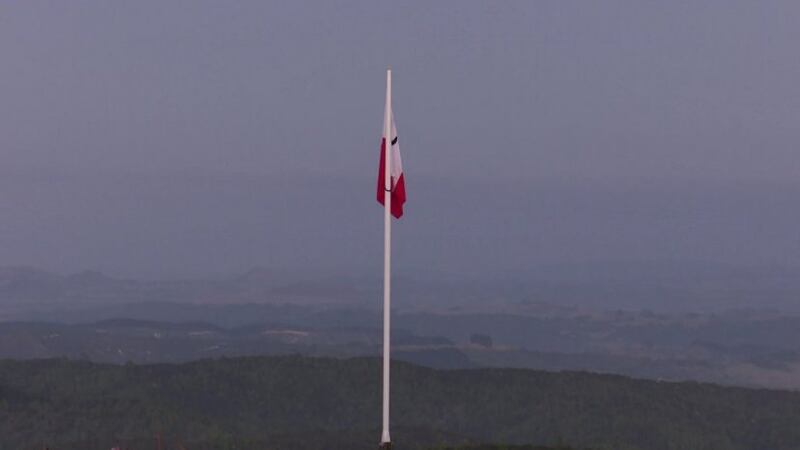A virtual reality artefact showing the Ruapekapeka heritage pā site in Northland and a learning model that detects te reo Māori pronunciation and provides feedback to users are among 16 projects awarded a total of $3.9 million this year.
Te Pūnaha Hihiko: Vision Mātauranga Capability Fund has been running for eight years and provides successful applicants with funding support for up to two years to strengthen Māori knowledge in science and innovation.
Research, Science and Innovation Minister Megan Woods says she is eager to see the impact and growth within iwi and organisations from these projects.
“The fund supports the implementation of a kaupapa Māori approach to research, development and innovation while ensuring cultural knowledge is maintained, protected and still owned by Māori or iwi.
“By supporting partnerships between Māori and the research sector, we strengthen science and innovation for all New Zealanders and our ability to create a better future.”
Successful applicants
Te Ruapekapeka Trust and Victoria University in Wellington will receive $250,000 to digitally construct an IT artefact that will show aspects of the Ruapekapeka heritage pā site in Northland, using virtual reality technology.
The pā site is one of the most significant and best-preserved battle sites in Aotearoa. It is revered as an example of early Māori engineering feats. Creating the artefact will lift the capability of both the trust and the researchers, and lay the foundation for an indigenous data-filtering system.
Te Hiku Media and Dragonfly Data Science will get $250,000 for a multi-lingual language platform called Papa Reo.
The platform will be a learning model that detects te reo Māori pronunciation and provides feedback to users.
It will support regional variations in pronunciation, flow and eloquence of te reo Māori.
Tātau Tātau o Te Wairoa Trust and Massey University will have $250,000 to create an integrated geographical information system aimed at preserving, maintaining, and disseminating mātauranga Māori material.
The Tātau Tātau project aims to reflect Māori understanding of time and space and to allow hapū storytelling, using multimedia sources, to be integrated with later layers of historical, environmental, social and economic data.
Woods says the projects will contribute to the aspirations of individuals, whānau, Māori communities and Māori organisations.
“Protecting and growing mātauranga is a key factor in preserving the uniqueness of Aotearoa. I am proud to be able to support the continued growth of Māori knowledge and research,” she says.
For a full list of successful applicants of Te Pūnaha Hihiko: Vision Mātauranga Capability Fund head to the Ministry of Business, Innovation and Employment website.

